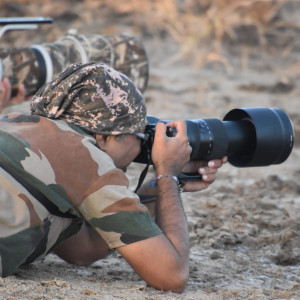This site contains affiliate links for which I may be compensated.
Kennet
Kennet Information


-
Possible Synonyms / AKA:
Kennet Unknown
-
Introduced By:
Lee Ann (Sacred Origin) -
Origin:
California -
Main Flavor Group:
-
Family Group:
-
Fig Type:
Common - Self fertile and will grow anywhere conditions are suitable -
Cold Hardy:
N/A -
Container Variety:
N/A -
Easy Rooting:
N/A -
Main Season:
any -
Availability:
N/A -
Breba Crop:
N/A -
Seed Crunch:
N/A -
Eye:
N/A -
Skin Toughness:
N/A -
Fruit Size:
Medium to large -
Rain Resistance:
N/A -
Tree Vigor:
N/A -
External Links:
https://www.ourfigs.com/forum/figs-home/328038-newly-discoverd-kennet-fig-off-old-mining-rail-line
Description
Brought to the fig community by Lee Ann (SacredOrigin) and her fig hunter friend:
Today my fig hunter brought me a lovely specimen/ bunch of cuttings off of a giant old fig tree that sits along the old Kennet rail line that operated in 1908 -1939 in Shasta county California. I have no idea on the taste of the fig as it is not fully ripe yet, but you better bet i will be! It looks promising and like it will mature large, yellow/ green. I have no idea if its common or not obviously. I am very excited! There is another one nearby that I will be getting cuttings from as well.... along the extinct rail line.
I still have yet to get the one collected from the entrance to Thomas Jeffersons old mine!
It served all the mining operations in the area. It was constructed to haul copper and zinc ore to the smelter at Kennett for processing and also to haul supplies and link Copper City and the Bully Hill Mine with the main railroad line at Kennett.
It was opened to the public in 1908, offering to haul full freight and passenger service.
But by 1910, the copper smelting industry was beginning to suffer from major environmental problems. The costs of upgrading the smelter operations were too costly and cleaner operating equipment was too expensive to install. As a result, the Bully Hill smelter shut down.
Meanwhile, the little skunk train continued to operate carrying passengers, freight, express mail, milk, farm machinery, hay and many other commodities to recoup its costs.
In 1917, the Bully Hill Mine began operating again under new ownership, and once again the skunk train began hauling copper and zinc to the Kennett smelter. Even the Bully Hill smelter began operating again in 1920, but only until 1922, when it closed down for the last time due to declining prices.
In 1927, mining operations at Bully Hill shut down for the final time. Along with the end of mining operations came the end of the line for the Sacramento Valley and Eastern Railroad (SV&E) and it s gas-powered rail car that traveled along behind the train.
Today, most of the right-of-way or the railroad grade for the skunk train is hidden beneath the water of Lake Shasta. However, there are places where long segments of it can still be seen, especially at Bully Hill.
What happened to the much-loved little skunk railcar is a mystery. If anyone knows whether it still survives, I would love to hear from you. Her Fig Collection On Youtube
I still have yet to get the one collected from the entrance to Thomas Jeffersons old mine!


It served all the mining operations in the area. It was constructed to haul copper and zinc ore to the smelter at Kennett for processing and also to haul supplies and link Copper City and the Bully Hill Mine with the main railroad line at Kennett.
It was opened to the public in 1908, offering to haul full freight and passenger service.
But by 1910, the copper smelting industry was beginning to suffer from major environmental problems. The costs of upgrading the smelter operations were too costly and cleaner operating equipment was too expensive to install. As a result, the Bully Hill smelter shut down.
Meanwhile, the little skunk train continued to operate carrying passengers, freight, express mail, milk, farm machinery, hay and many other commodities to recoup its costs.
In 1917, the Bully Hill Mine began operating again under new ownership, and once again the skunk train began hauling copper and zinc to the Kennett smelter. Even the Bully Hill smelter began operating again in 1920, but only until 1922, when it closed down for the last time due to declining prices.
In 1927, mining operations at Bully Hill shut down for the final time. Along with the end of mining operations came the end of the line for the Sacramento Valley and Eastern Railroad (SV&E) and it s gas-powered rail car that traveled along behind the train.
Today, most of the right-of-way or the railroad grade for the skunk train is hidden beneath the water of Lake Shasta. However, there are places where long segments of it can still be seen, especially at Bully Hill.
What happened to the much-loved little skunk railcar is a mystery. If anyone knows whether it still survives, I would love to hear from you. Her Fig Collection On Youtube
If you'd like your banner to be shown here and throughout Fig Database, send us a message.
Photos Add Your Image
YouTube Videos
No Videos Found












